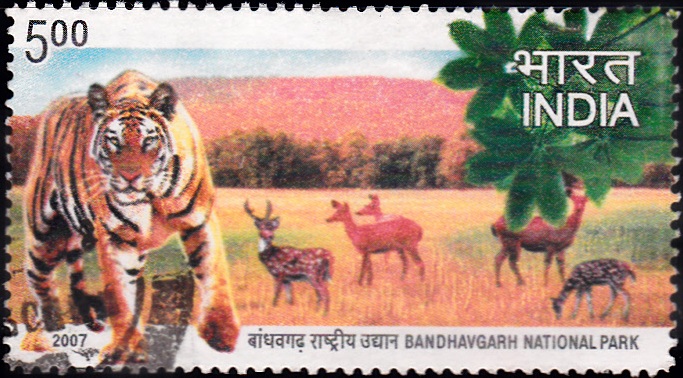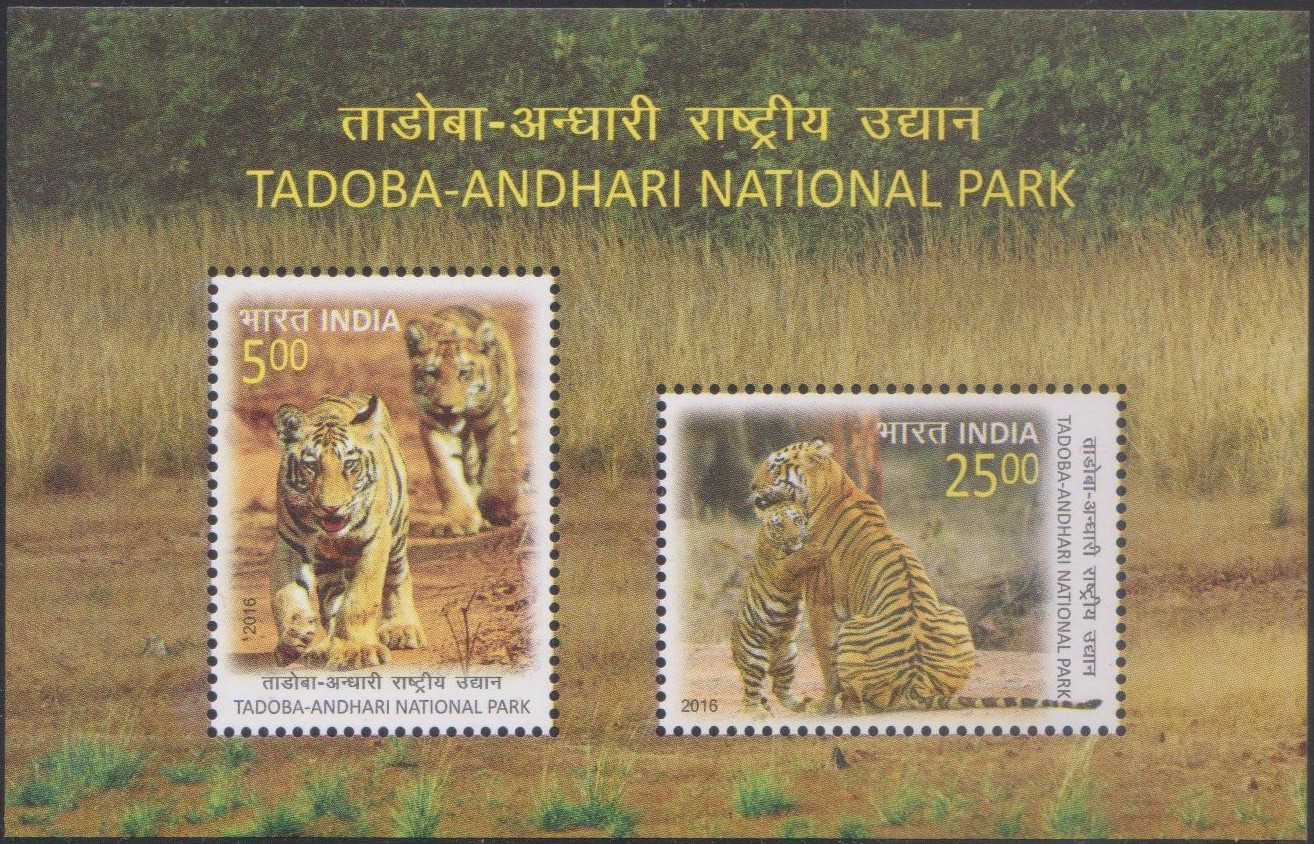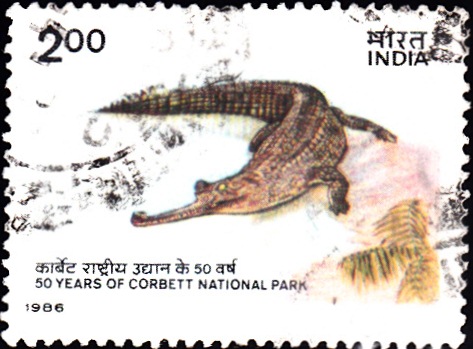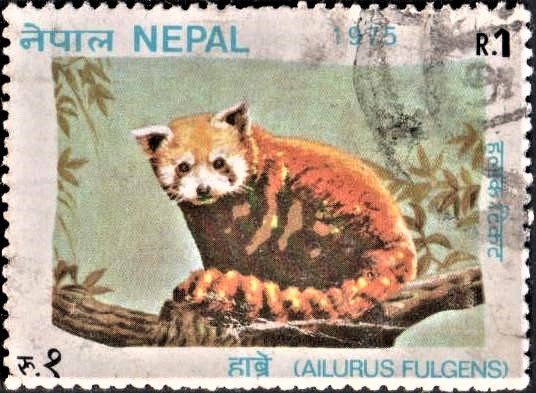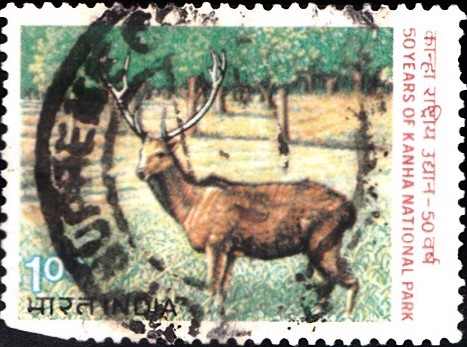
Kanha National Park
A commemorative postage stamp on the 50 years of Kanha Tiger Reserve, largest national park of Madhya Pradesh :
 Issued by India
Issued by India
Issued on May 30, 1983
Issued for : Indian Posts and Telegraphs Department is happy to issue a special stamp on 50 years of Kanha National Park.
Description of Designs : The stamp, based on the transparency supplied by Ranjitsinh, was designed by India Security Press. It shows the Indian Barasinga in Kanha National Park. The first day cover depicts Kanha Salwoods and Meadow Landscape (Transparency by courtesy : Hemender Panwar). Cancellation has been designed by Charanjit Lal.
Type : Stamp, Postal Used
Colour : Multicolour
Denomination : 100 Paise
Overall size : 3.91 x 2.90 cms.
Printing size : 3.55 x 2.54 cms.
Perforation : 13 x 13
Paper : Unwatermarked adhesive stamp paper
Number printed : 20,00,000
Number per issue sheet : 35
Printing process : Photogravure
Printed at : India Security Press
About :
- Cradled in the sylvan Makal hills in the eastern sector of the Central Indian Highlands, Kanha National Park sprawls over 940 sq km in Mandla and Balaghat Districts of Madhya Pradesh. It is not only among the largest of the Indian national parks, but is reckoned as one of the richest wildlife treasure troves of Asia. The Kanha meadows, with their abounding deer congregations, have often been called the ‘Ngorongoro‘ of India.
- The faunal richness of Kanha has all along been recognised. Capt. Forsyth (1898), a pioneer Forester, and Dunbar Brander (1923) a forester-naturalist, sing in its praise in their vivid accounts of the Central Indian wildlife. Dunbar Brander‘s “Wild Animals in Central India“, based largely on Kanha, is the finest among the natural history writings on India by the British. Fifty years ago, Kanha‘s western part in the Banjar valley was formed into a sanctuary of 250 sq km. This, however, witnessed a dark phase in the early fifties, when in a little over two years a privileged shikari was permitted to shoot 30 tigers. This kicked up a furore and the nascent legislature of Madhya Pradesh enacted a special statute in 1954 in order to give Kanha in 1955 the status of a national park. Ever since, Kanha has consistently gained in size, conservation status and floral and faunal riches. With three expansions in 1962, 1970 and 1976, the Park has grown to 940 sq km. It is insulated against extraneous pressures by a buffer zone of 1005 sq km. Alongwith the buffer the Park has been a prestigious tiger reserve under the internationally acclaimed ‘Project Tiger‘, since the latter’s inception in 1973-74. It is indeed a happy augury that Kanha and Project Tiger celebrate respectively their 50th and 10th anniversaries simultaneously this year.
- Protection has been made full-proof with the help of reinforced manpower, radio-telephone network, vehicles, and a series of patrol stations. Relocation of 24 villages and 25000 heads of cattle from the Park to outside, with adequate alternative facilities, has brought serenity and paved the way for restoration of pristinity that ensures Kanha‘s becoming one of the richest wild ‘gene reserves’ of the country. A notable achievement is the recovery of the habitat and the population of the Central Indian Bara-singa (Cervus duvauceli brandari), that was knocking at the extinction threshold. Its world population in 1970 numbering just 66 – all confined to the Park – has been augmented to well over 450. The tiger population over the last decade has also gone up from 43 to 83.
- The Park has pioneered systematic research on wildlife and its habitat besides involving the neighbouring communities in an interaction aimed at mutual advantage to them and to the Park through compatible land use in the buffer zone.
- (Text by courtesy : Department of Environment).


